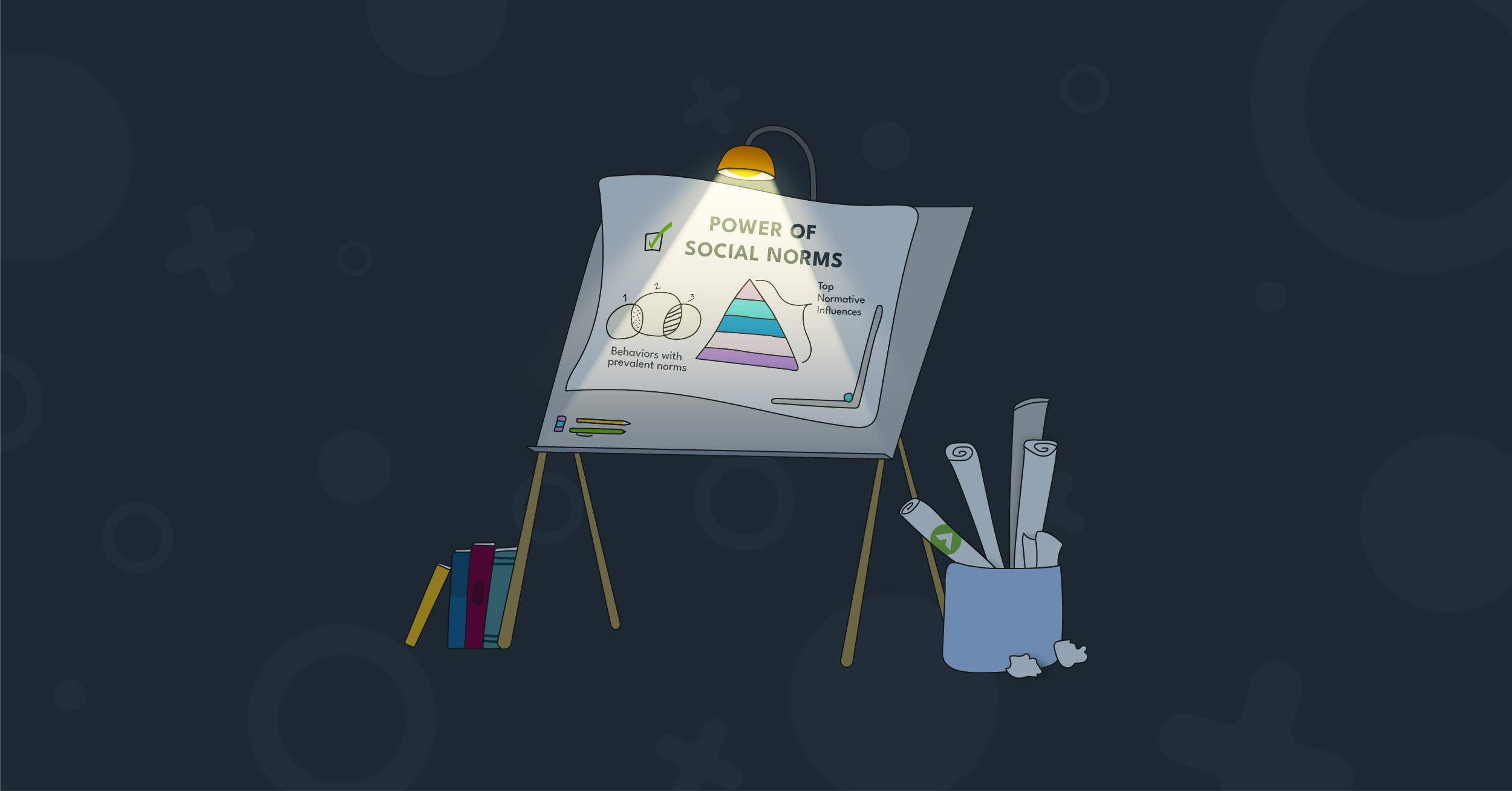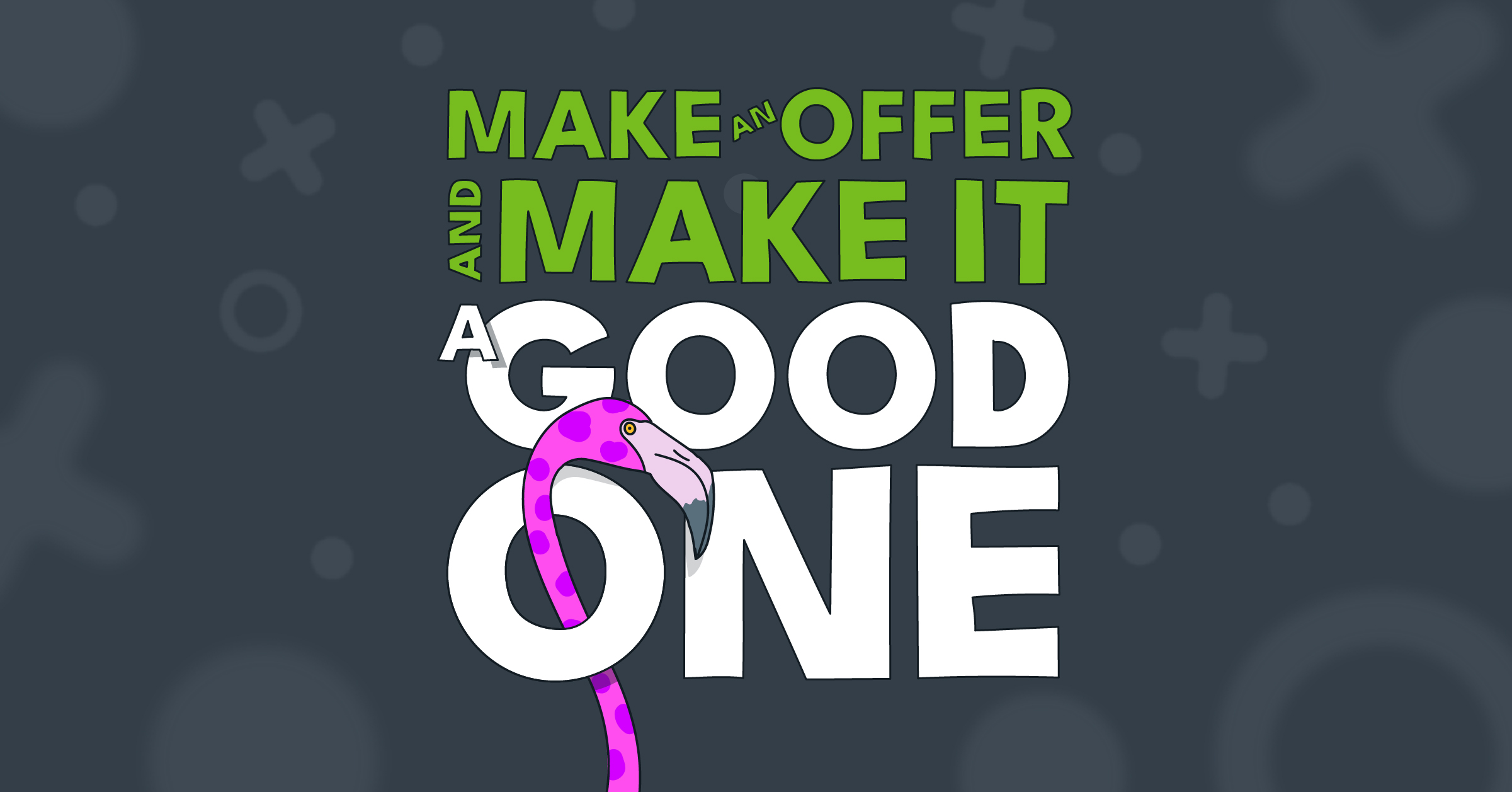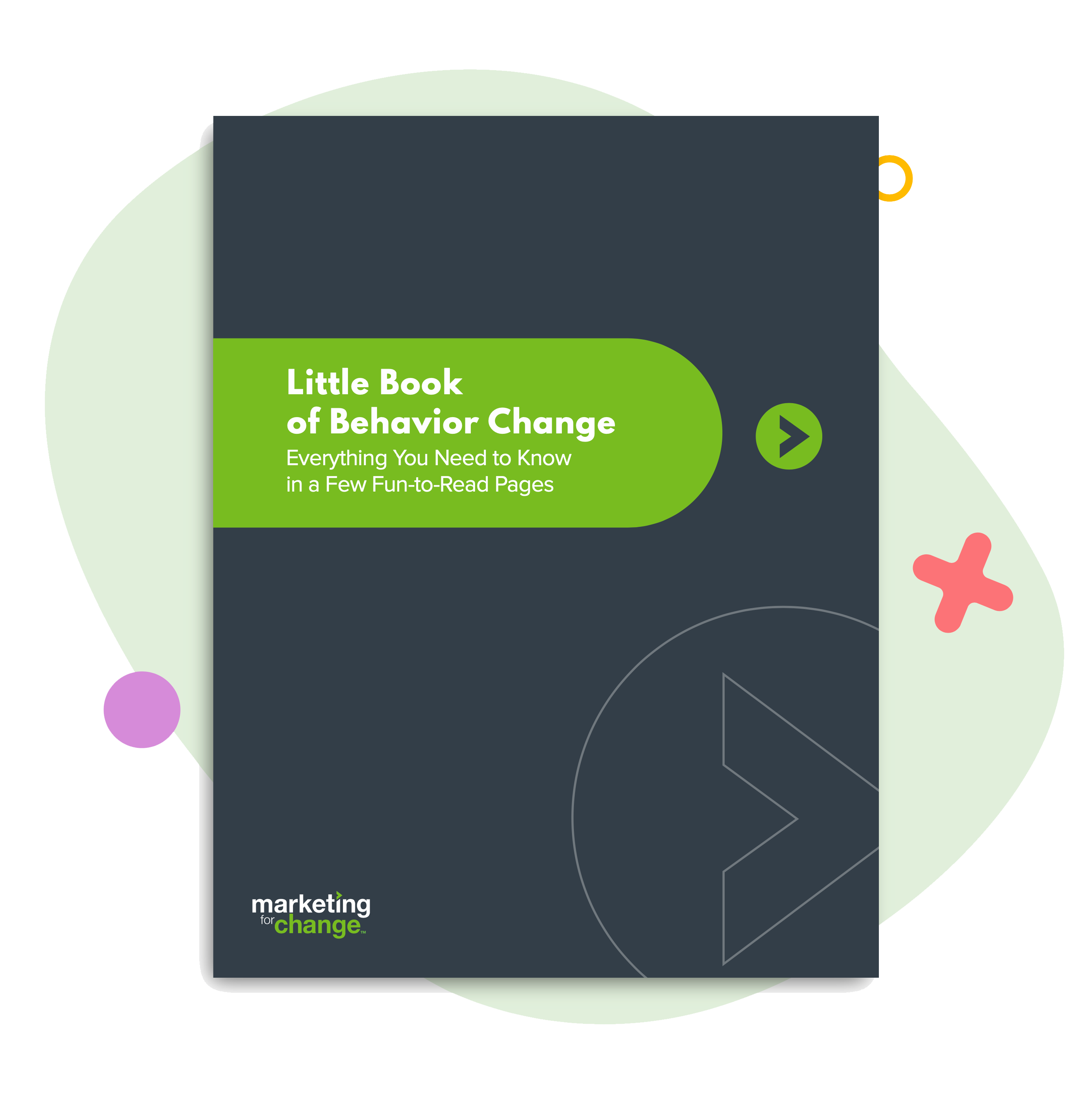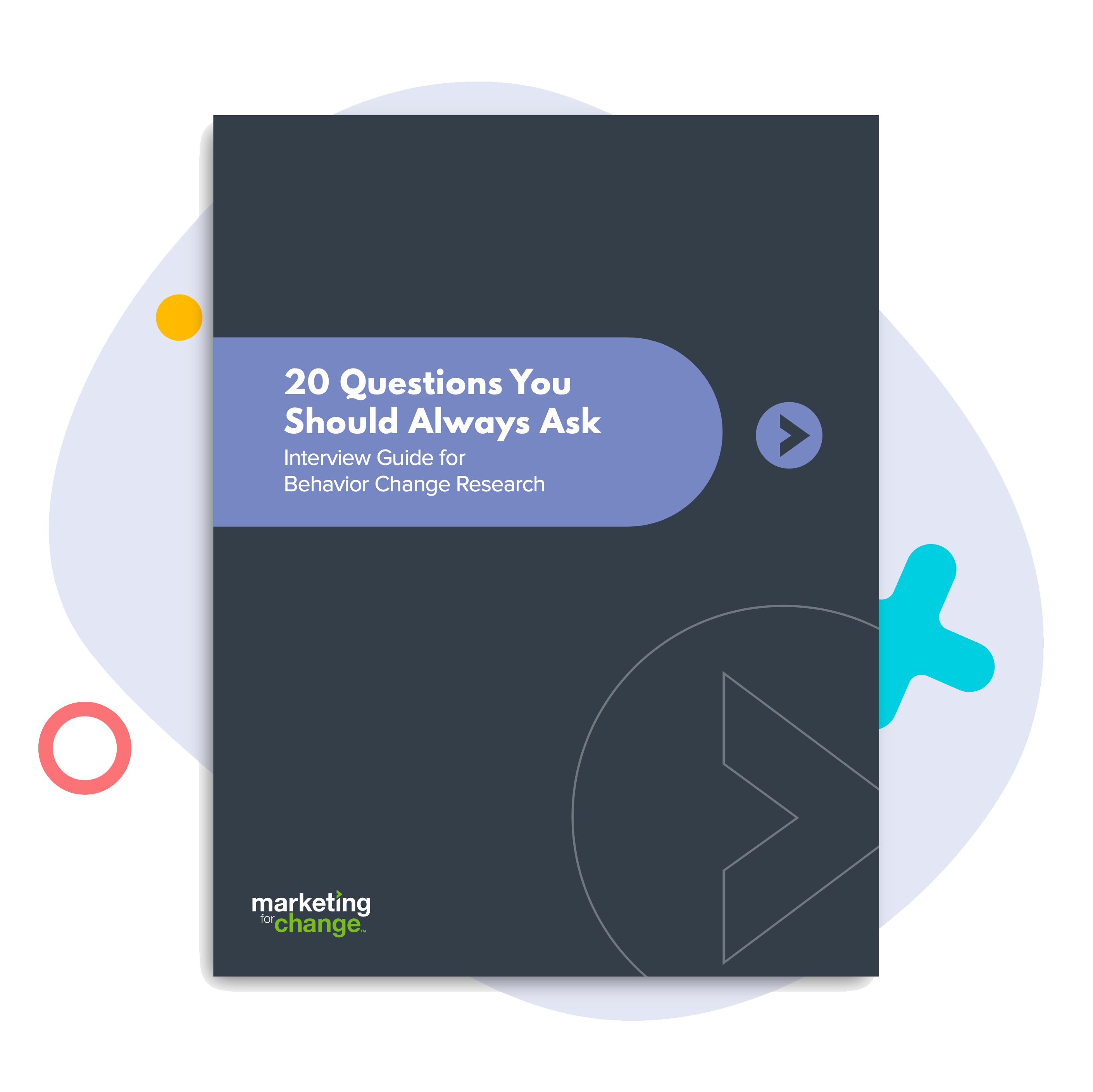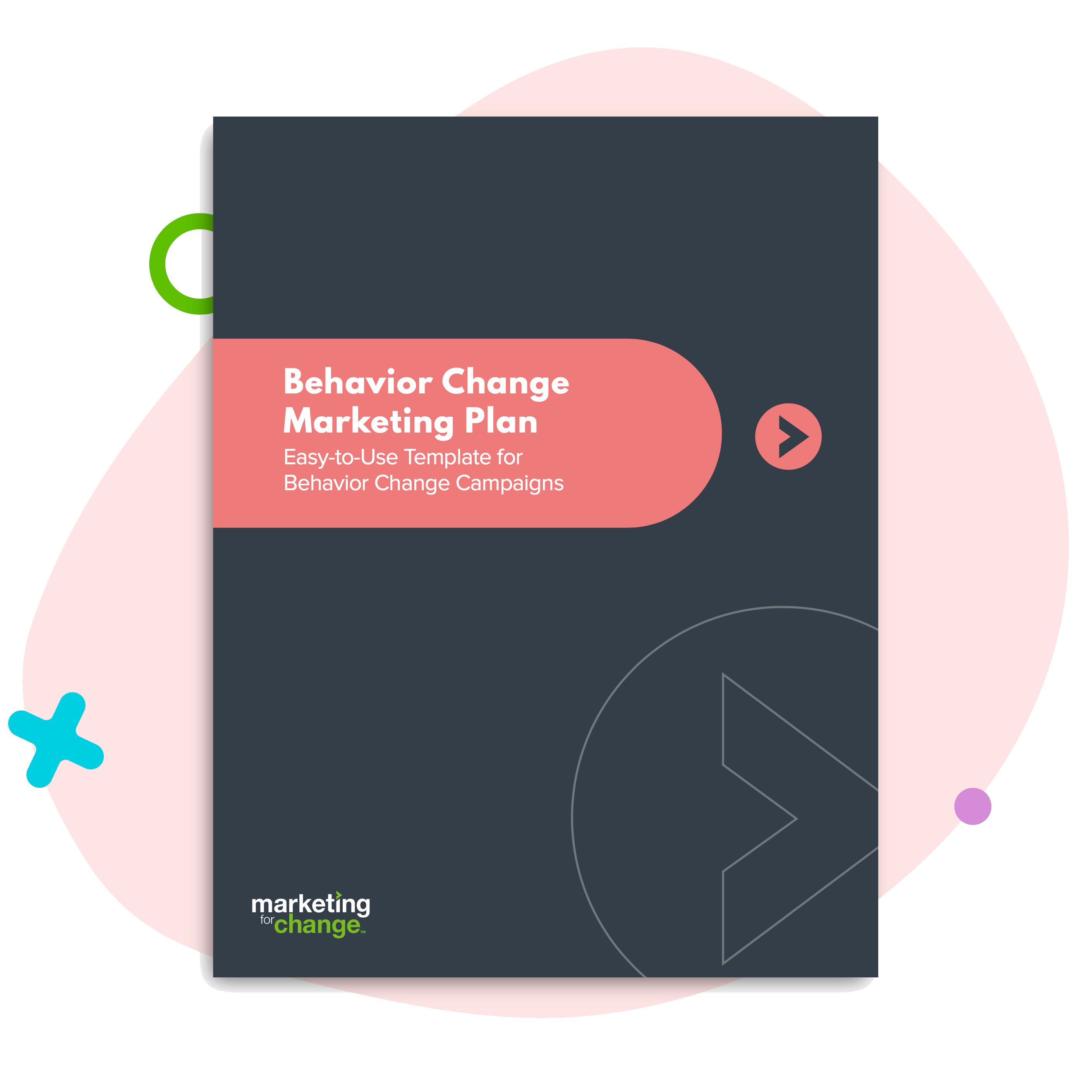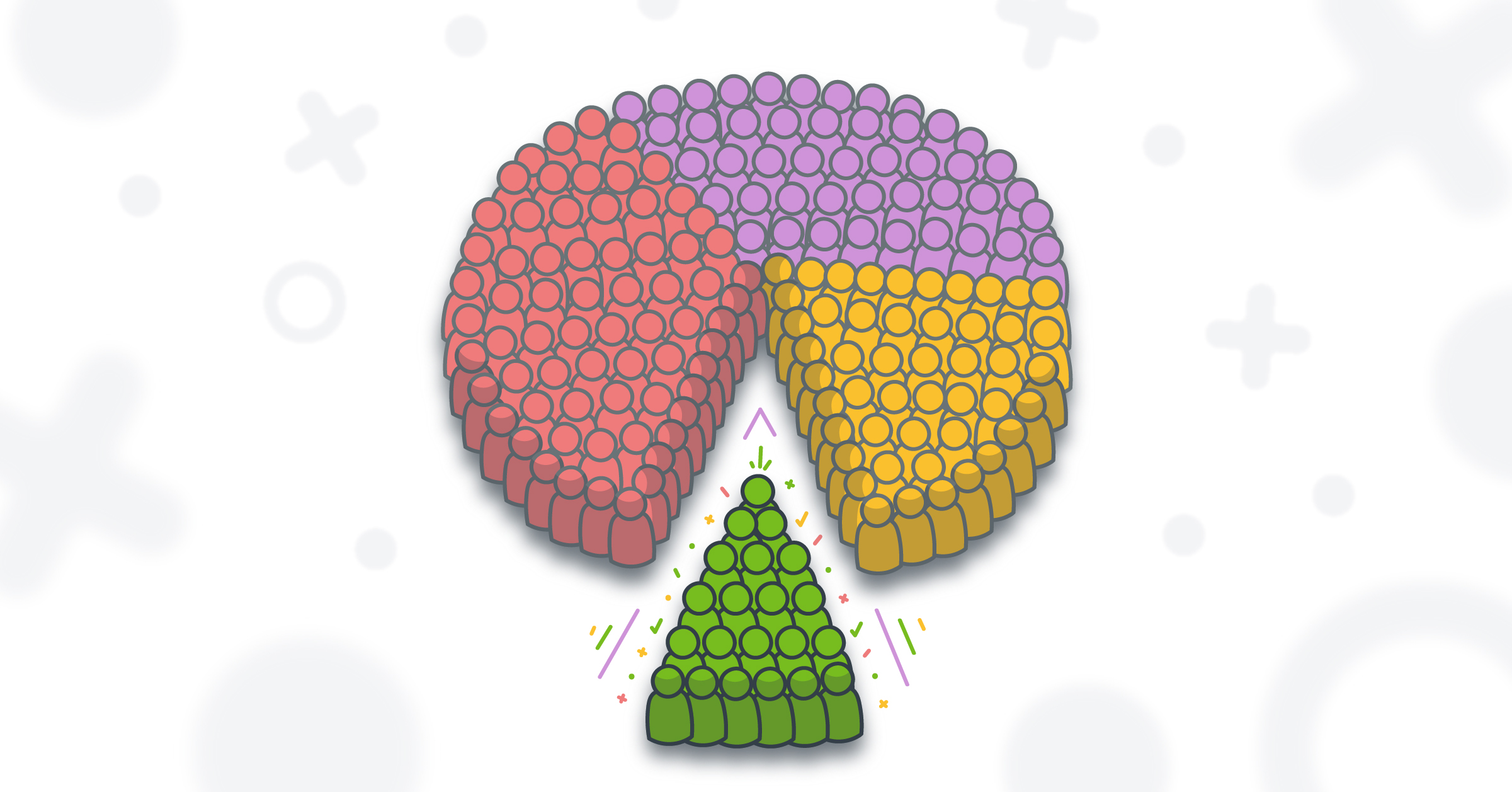
How Narrow Should My Audience Be?
I’ve talked a lot recently about narrowing your audience. And rightfully so people are asking — what exactly is narrow? How narrow? What criteria should I be using to narrow?
I’ve often said a good rule of thumb is: Does your audience feel a sense of belonging to each other? Could you talk to them all in a room with one speech and get a bunch of them to nod their heads at the same time? If yes, that’s likely narrow enough.
Once you’ve narrowed your audience from a messaging point of view, you also need to think about who can you actually reach and where.
To dive into these questions I talked to our expert, Erin West, who leads our Media and Exposure Center (in other words, the team who is in charge of getting our messages in front of our audience). They are the ones who avoid our Michael Scott moments of shouting “I declare bankruptcy” into the air and instead make sure our messages reach our intended audience when and where they should. Read our discussion below.
What challenges do you face when trying to reach a target audience?
Because we are in the business of behavior change and not traditional e-commerce (which is what most platforms are optimized for) we are often making what is built for the latter work for the former. We also work primarily with underserved audiences and unfortunately many platforms are optimized for middle and higher income individuals. But we get creative and make it work. In the business of behavior change, cutting down on waste and making sure every message counts is critical. And in many ways this challenge makes us think more creatively and pushes us to get smarter about finding our target audiences.
What are some of the most creative ways you’ve reached a narrow audience?
If I had to give one piece of advice it’s to meet your audience where they are and where there is the least amount of distractions. Here are a few examples with some creative solutions:
- Influencers: Finding good influencers is a great example of meeting an audience where they are. For the Art and Creative Materials Institute, we leveraged art educator influencers to create and execute their own art projects and lesson plans using non-toxic materials. Our audience was already following these influencers and so our message got to them through these already trusted sources.
- Partnerships with existing and credible resources: Another example is for both the Federal Voting Assistance Program and the Center for Democracy and Technology, we partnered with Facebook to place organic messages about absentee voting and mis- and disinformation on their Voting Information Center, a resource Facebookers could use to access trusted voting information about local, state and federal elections.
- Go IRL: For a recent advocacy campaign supporting adding a dental supplement to Medicare insurance, we set up events at farmers’ markets and other community venues where constituents could sign toothbrushes for delivery to unsupportive legislators. We made it a lot of fun. People could pose with branded photo frames for posting on social media, vote in a Smile Poll of congressional candidates, or play the Teeth Knockout carnival game with their district’s candidates.
What factors do you consider to narrow an audience?
There are a few neat factors we can consider outside of the usual demographic targeting like age, gender, income, etc. Here are some examples using first party, third party, and in-platform targeting:
- Specific behaviors. Find people who have recently purchased lawn fertilizer or who frequently view content discussing lawn care for an environmental protection campaign.
- Specific contexts. Placing digital ads on websites with LGBTQ+ and veteran-facing content to share supportive mental health messaging for the new 988 mental health helpline with vulnerable audiences.
- Location (not just zip code). Geotargeting people not only by where they live but where they have been. To share vaccine information, we reached employees at free clinics by geofencing locations and retargeting devices that fell within the radius during a specific time period.
- Professional demographics. Targeting not only job titles, but company industries and years of experience to reach people who might be interested in making a career switch to support an early learning initiative.
- Life events. Helping U.S. citizens vote from abroad by tracking a long-term change in IP address to find likely overseas voters.
- Interests. Using interest targeting to find outdoor recreation enthusiasts and environmentalists to invite them to be stewards for prescribed fires in their local community.
- Life stage. Targeting parents of 13- to 18-year-olds to encourage them to model safe behaviors around train tracks.
The list goes on and you would be surprised by some of the factors we can target by.
How do you decide what factors to use?
Ideally these factors are informed at the research stage. If there is no research phase, apply some good strategic thinking. For example, recently we knew we were going to be targeting moms, but then narrowed the audience to first-time moms with babies under six months old because our research indicated new moms with new infants would be most open to new behaviors and suggestions.
We also always align our ideal factors with the reality of the targeting capabilities we have. We can’t target by everything… yet. But we can get pretty creative.
How narrow can you get when targeting an audience?
Extremely narrow. With today’s technology you can target a needle in a haystack. We’ve targeted 18- to 24-year-old spouses of active duty military members who have recently relocated as a family, are first time voters, and are more likely to be the household decision maker (i.e. the person who’s in charge of registering to vote and requesting absentee ballots for U.S. elections).
So, you can get pretty narrow. But how narrow should you get?
Since my expertise is in media buying, I think of this question very mathematically. I look at the frequency we can reach an individual. We want to expose our audience to our message between three and 10 times in a two- to three-month period, depending on our campaign goal. So tracking the ability to do that both digitally and offline helps you see if you need to widen your audience parameters.
How wide is too wide of an audience?
I also look to the data for this. If you are running digital ads, conversion rates are a key indicator for knowing if your audience is too wide. Get industry standards from reputable marketing companies like Sprout Social or Wordstream (or even set your own) and measure against those. If you are well below industry standards, you’re generating a lot of waste. In other words your message isn’t resonating with your audience. Assuming your message is on target, you are likely getting your message to people who don’t find it relevant. In which case, narrow your audience to those that do. (And if that’s not helping, you may need to adjust your message.)
Is there a sweet spot when targeting an audience that generates the most results?
There is no one sweet spot. The key is experimenting and adjusting as you go. Today’s technology, including AI, helps you find the audience who is most likely to engage, click-through and convert. Use that data to refine both your online and offline techniques.
But remember that with behavior change efforts, sometimes the harder-to-reach audiences are also the ones who can most benefit from your intervention. So it’s a balancing act.
Any last tips for our readers?
Get creative, watch the data, and keep learning. And have fun!
![]() Erin is Media and Exposure Manager at Marketing for Change.
Erin is Media and Exposure Manager at Marketing for Change.

Karen Ong Barone is Principal + Executive Creative Director at Marketing for Change.



